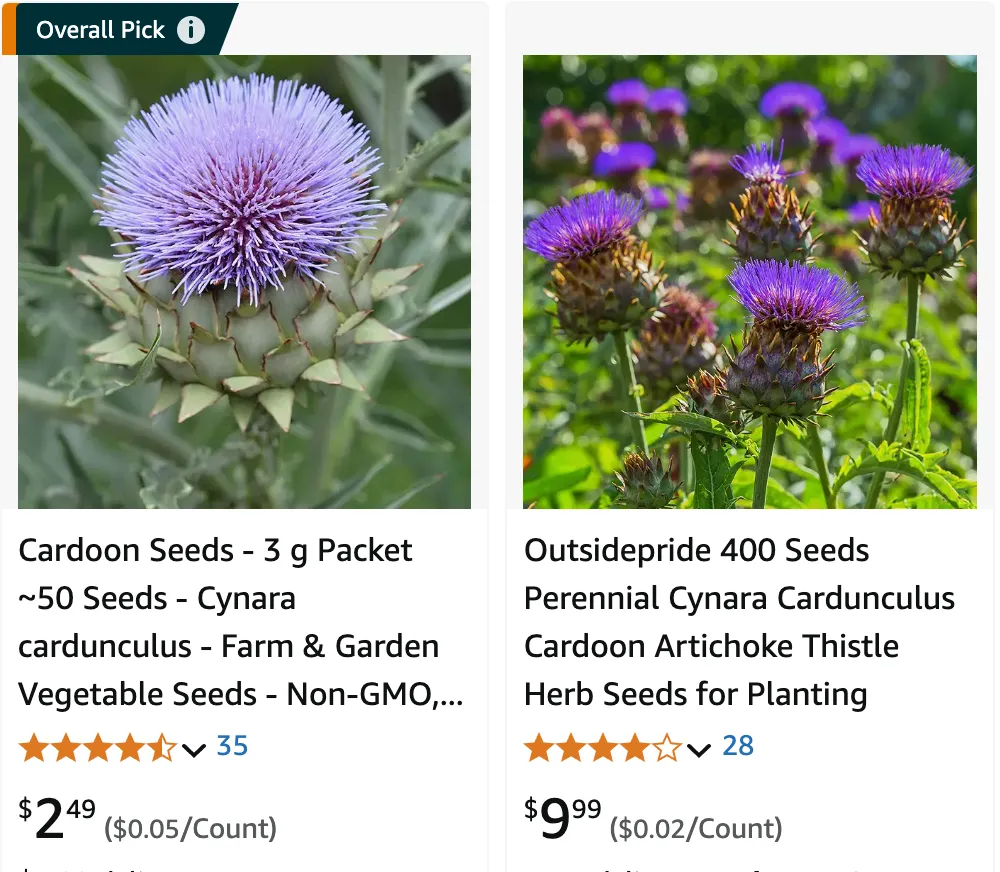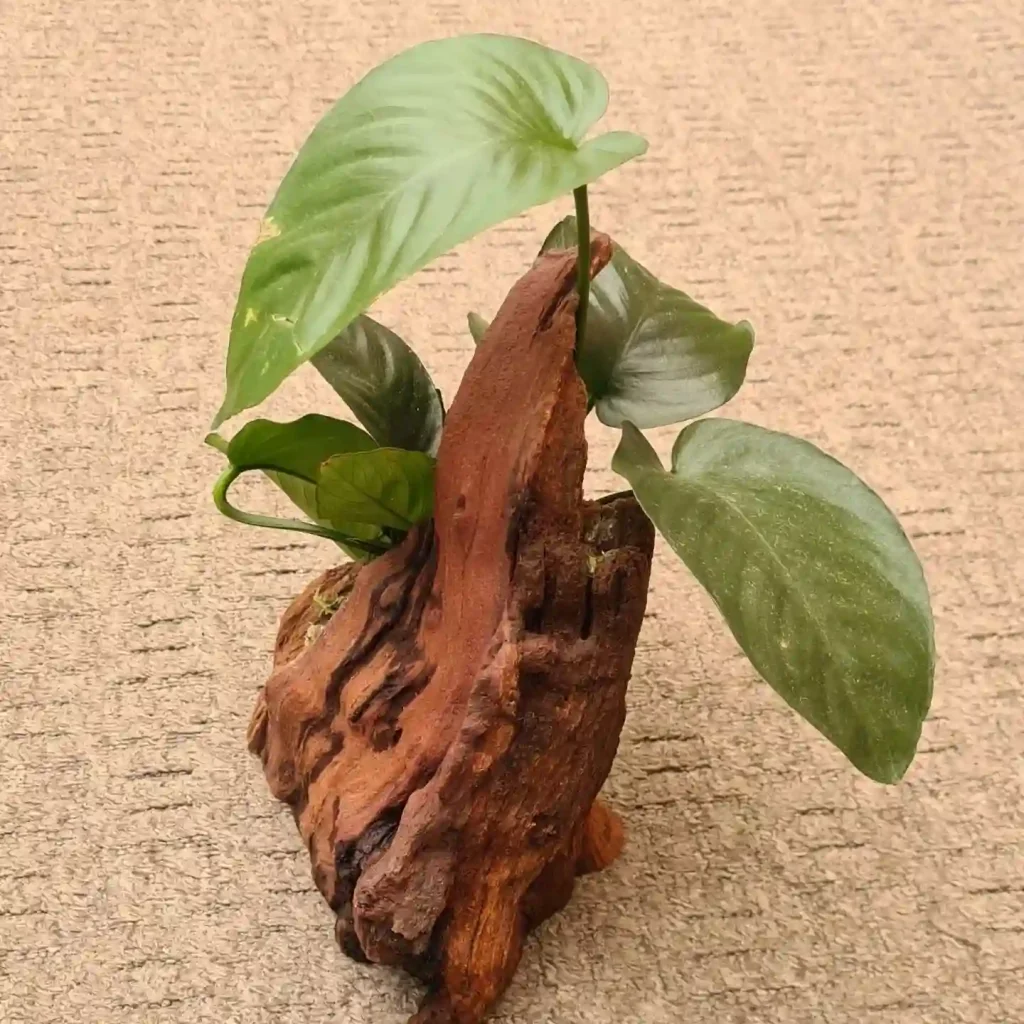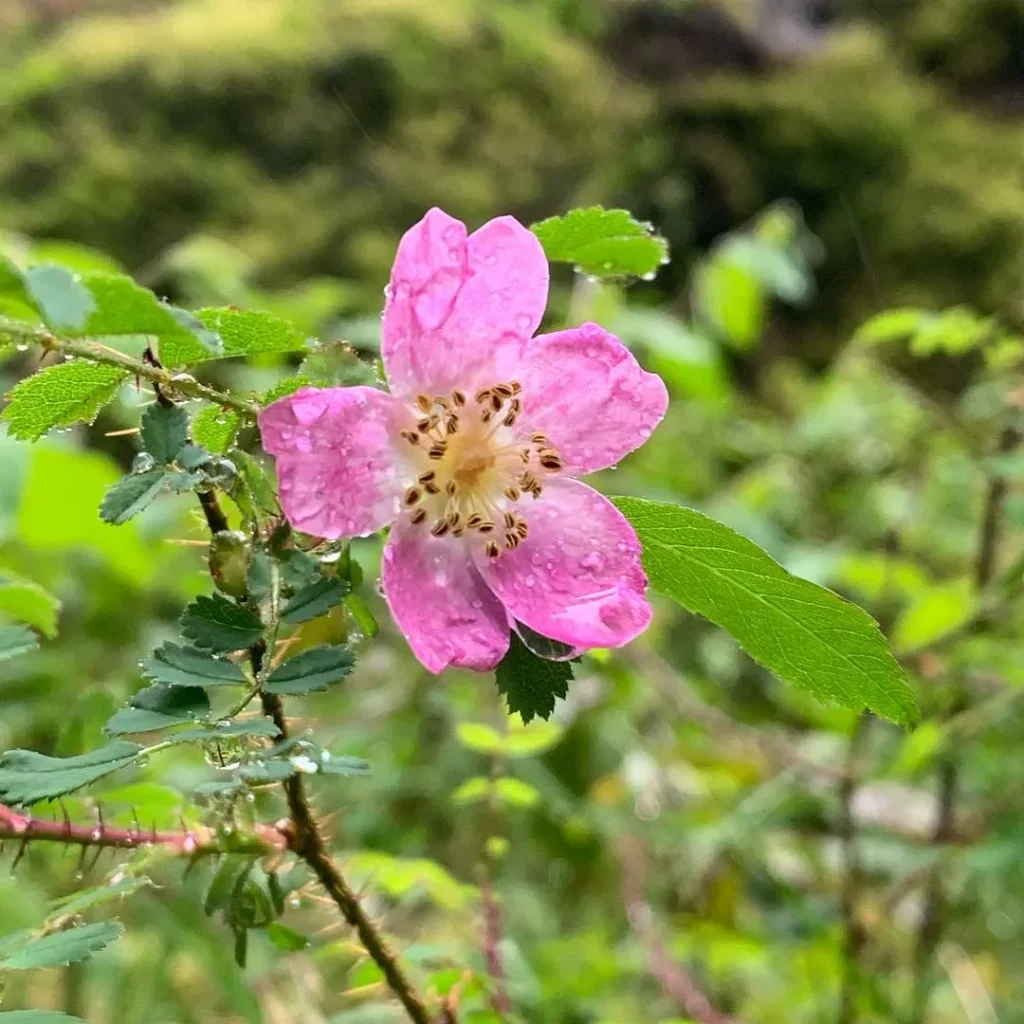
January 28 – Cynara
“Cynara, the regal artichoke, symbolizes January 28.”
You are multi-layered and complex, with a heart of gold. Your depth and authenticity earn you respect and admiration.
The Majesty of Cynara: A Personal Exploration
My name is Ferb Vu, and I’ve always been drawn to the unique beauty of thistles. Their prickly demeanor, juxtaposed with often vibrant blooms, speaks to a resilience and understated elegance that I find captivating. Among my favorites is the Cynara genus from the Asteraceae family, a group of thistle-like perennials native to the Mediterranean region. These aren’t your average weeds; they boast a rich history, culinary applications, and an architectural presence that can elevate any garden.
A History Steeped in Legend
The name Cynara originates from the Greek word “kynara,” meaning “artichoke” – and for good reason. The most famous member of this genus is undoubtedly the globe artichoke (Cynara cardunculus var. scolymus), a culinary delicacy enjoyed for centuries. Legend has it that the artichoke was created when Zeus, king of the gods, fell in love with a mortal woman named Cynara. When she eventually returned to her human life, Zeus, in a fit of rage and heartbreak, transformed her into the spiky, yet delicious, plant.
While the artichoke is a star, the Cynara genus has much more to offer. Cardoons (Cynara cardunculus var. altilis), for example, are cultivated for their fleshy stems, which are a staple in Mediterranean cuisine. Even the wild cardoon (Cynara cardunculus var. sylvestris) has its uses, with its flower buds offering a more intense artichoke flavor.
A Diverse and Striking Family
The Cynara genus encompasses a fascinating array of species, each with its own unique characteristics. Here are:
- Cynara cardunculus: This species includes the artichoke, cardoon, and wild cardoon, showcasing the incredible diversity within a single species. Plant FAQs: Cardoon – Cynara Cardunculus
- Cynara humilis: Known for its smaller stature and vibrant purple flowers, it’s a popular choice for gardeners seeking a less imposing Cynara.
- Cynara baetica: This species, native to Spain and Morocco, is prized for its silvery-white foliage and large, thistle-like flower heads.
- Cynara syriaca: Hailing from the eastern Mediterranean, this species has historically been used for medicinal purposes, with its leaves believed to have healing properties.
- Cynara algarbiensis Coss. ex Mariz
- Cynara auranitica Post
- Cynara cornigera Lindl.
- Cynara cyrenaica Maire & Weiller
- Cynara × gaditana Blanca & Sánch.Carr.
- Cynara makrisii Hand & Hadjik.
- Cynara × pacensis F.M.Vázquez
- Cynara tournefortii Boiss. & Reut.
Cultivating Cynara: A Rewarding Endeavor
While they may appear intimidating with their spiky leaves and imposing stature, Cynara plants are surprisingly easy to cultivate. They thrive in full sun and well-drained soil, and once established, they are relatively drought-tolerant. Their hardiness makes them a welcome addition to gardens in various climates, from the Mediterranean to more temperate regions.
One of the most satisfying aspects of growing Cynara is witnessing their transformation. From the rosette of silvery leaves that emerge in spring to the towering flower stalks crowned with magnificent blooms in summer, these plants put on a dramatic display. The flowers themselves are a magnet for pollinators, attracting bees, butterflies, and birds to the garden.
Beyond their ornamental value, Cynara plants offer a connection to history and culinary tradition. Harvesting your own artichokes or cardoons is a rewarding experience, allowing you to savor the unique flavors of the Mediterranean.
A Symbol of Resilience and Beauty
For me, the Cynara genus represents more than just a group of plants; it symbolizes resilience, adaptability, and the ability to find beauty in unexpected places. Their prickly exterior guards a delicate heart, much like the artichoke itself, revealing its true treasure only to those who dare to look closer.
Whether you’re a seasoned gardener or just starting out, I encourage you to explore the world of Cynara. These magnificent plants will not only enhance your garden with their striking presence but also offer a taste of history and a connection to the natural world.
If i die, water my plants!



